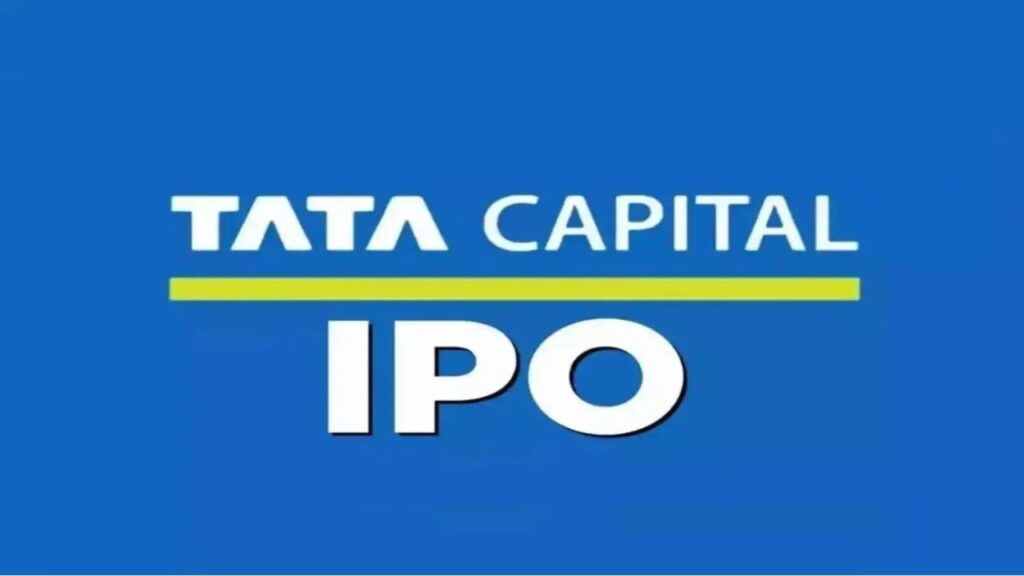Tata Capital Ltd has secured ₹4,641 crore from anchor investors ahead of its highly anticipated initial public offering (IPO), marking the Tata Group’s largest-ever public issue and the biggest by any non-banking financial company (NBFC) in India.
According to an exchange filing, the IPO committee of Tata Capital approved the allotment of 14.23 crore equity shares to anchor investors at ₹326 per share, including a premium of ₹316 on a face value of ₹10. The anchor portion represents around 30% of the total issue size of ₹15,511 crore.
The offering witnessed robust demand from prominent global and domestic institutions. Life Insurance Corporation of India (LIC) emerged as the largest anchor investor, subscribing to 2.14 crore shares, or 15% of the anchor allocation. Other major participants included Morgan Stanley, Goldman Sachs, Amansa Holdings, Nomura, and Norway’s Government Pension Fund Global.
Domestic mutual funds also showed strong interest, collectively taking up 5.06 crore shares, or 36% of the anchor portion, through 59 schemes across 18 fund houses such as HDFC, ICICI Prudential, SBI, Kotak, and Axis.
The ₹15,511-crore IPO—priced in the range of ₹310 to ₹326 per share—will open for public subscription on October 6 and close on October 8. The issue comprises 47.58 crore shares, including a fresh issue of 21 crore shares and an Offer for Sale (OFS) of 26.58 crore shares. The IPO will result in an overall dilution of 11%.
Tata Sons, the promoter, will offload 23 crore shares in the OFS, while International Finance Corporation (IFC) will sell 3.58 crore shares. Proceeds from the fresh issue will be used to strengthen Tata Capital’s Tier-I capital base, whereas the OFS proceeds will go to the selling shareholders.
At the upper end of the price band, Tata Capital’s valuation stands between ₹1.32 lakh crore and ₹1.38 lakh crore. Notably, the lower end of the IPO price matches the rate set during Tata Sons’ rights issue earlier this year, which is considerably below the peak levels seen in the grey market before recent global market volatility triggered by U.S. tariff concerns.

